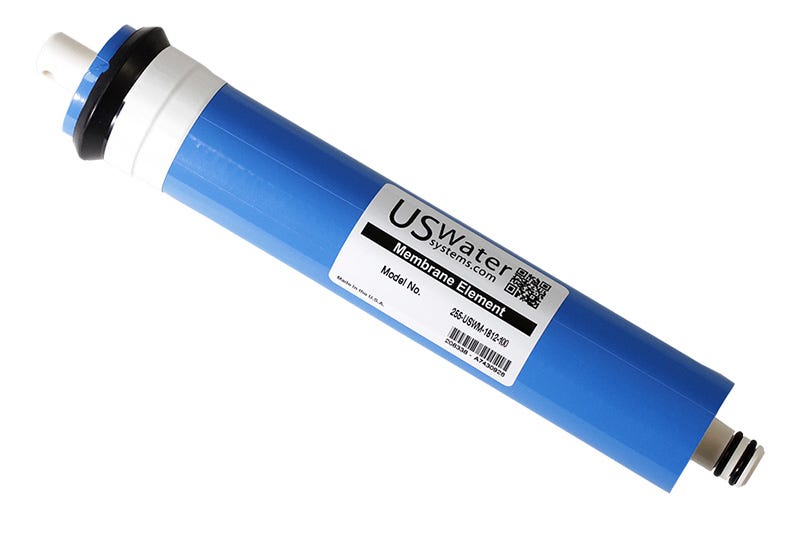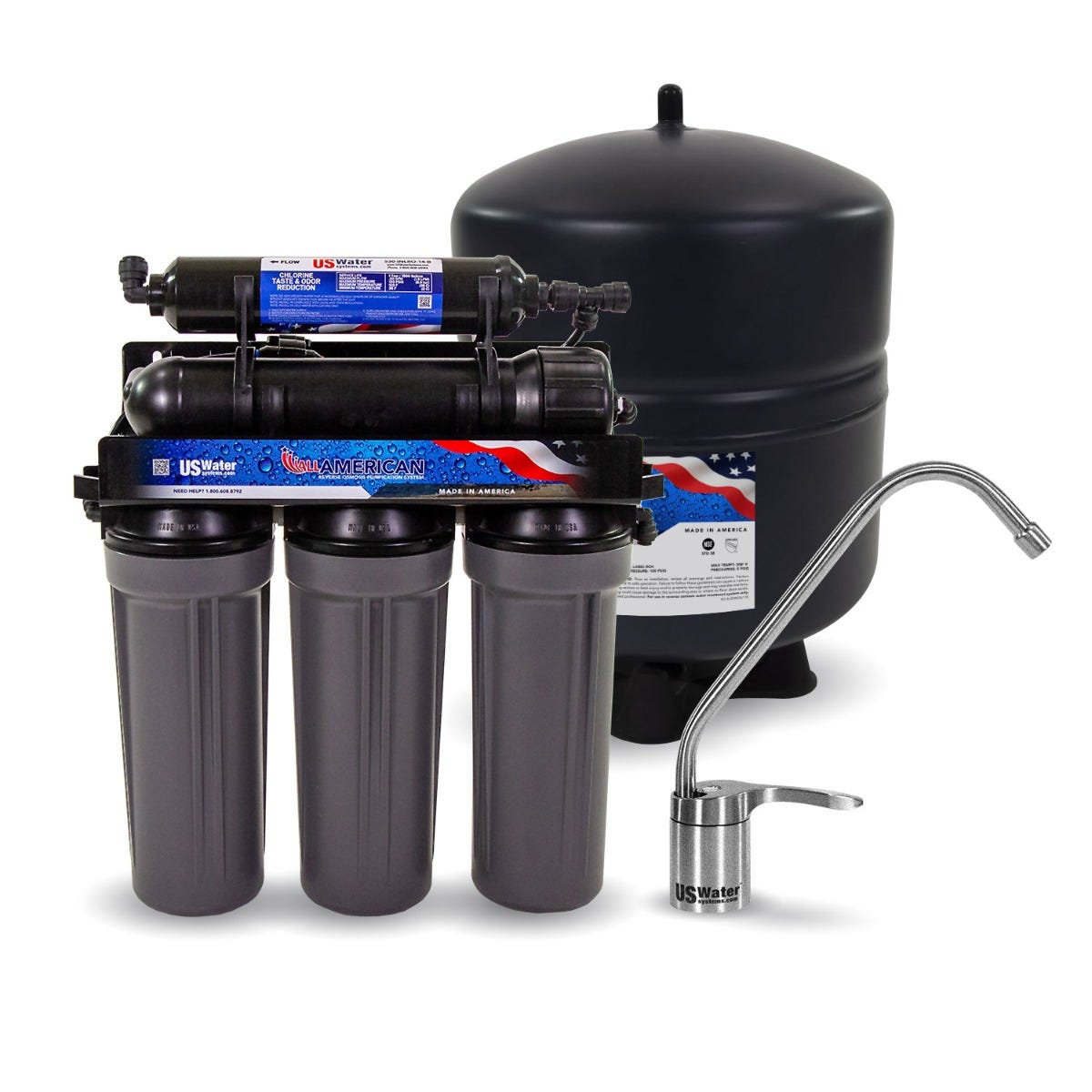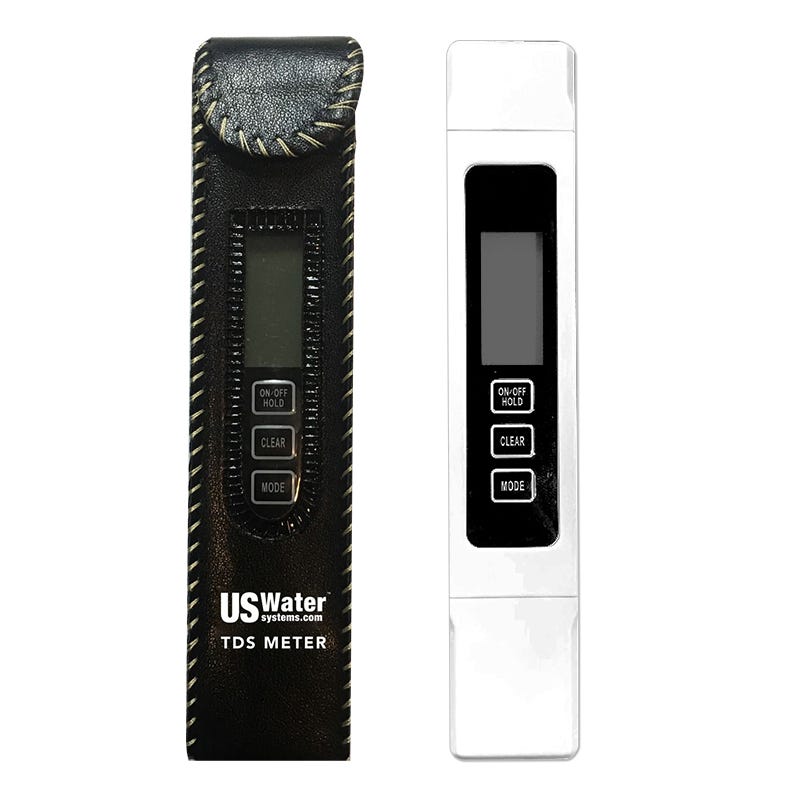DIY - How To Change An RO Membrane
When Do I Change My RO Membrane?
The reverse osmosis membrane is the true heart to the entire RO system. It is what takes poor quality water and turns it into the good water that we drink. That is why it is so crucial to stay up-to-date on changing the RO membrane. The reverse osmosis membrane on average should be replaced every 3-5 years, if it is still producing good quality water you may be able to keep it longer than five years.


How Do I Know When My Membrane is Bad?
There are a few ways that you can determine if your membrane is still good or if it is time to replace it. The number one indicator is when the RO system simply stops producing water or the flow of the RO water is weaker than it used to be. Next, if your RO system is running constantly that is another sign that it is time to replace your membrane. The RO system will run continuously because it is unable to produce enough RO water to filler the entire system. Lastly, the quality of the RO water that comes out of your RO faucet will also tell you if it is time to replace the membrane.
How Do I Know If My Water Quality Is Good Or Bad?
Water quality is measured by TDS or Total Dissolved Solids. This is the total amount of minerals, salts or metals dissolved in a given volume of water. It will be expressed in (mg/L), also referred to as parts per million (ppm). On average the water quality for City Water is about 300 to 550 ppm, and Well Water is about 30 to 20,000 ppm. The reasoning behind the wide spectrum for Well Water is because bodies of water surrounding the Well Water makes a big difference on its ppm.
The purpose of a reverse osmosis system is to bring the solids level down to a certain percentage point. It is never a fixed number because it is based off the quality water that you feed the system. The average RO rejection rate (%) that the systems operate on are about 90% - 97% rejections. In example, say you have a TDS of 100 ppm, this then would create a product water TDS of about 1o ppm. You are able to get a TDS meter which will let you measure your TDS in your water and then calculate that to your rejection rate.

Here Is How To Get Your Rejection Rate:
1. Using a TDS meter pull a sample of water feed water, which is represented by the cold water tap on your sink and then record the reading.
2. Then take a sample of water from your RO faucet and record the reading.
3. Then do the efficiency calculations which is:

4. If the rejection rate is below 85% - 80% then it is time to replace your membrane.





5 Comments
I received and changed my filters on my RO system. But now I have reduced water pressure out of my RO faucet. Does that mean I have to change the membrane filter as well ?
There are a number of things it could be. We have videos on this or you can talk to our technical support department.
Leave a comment
Please note, comments need to be approved before they are published.